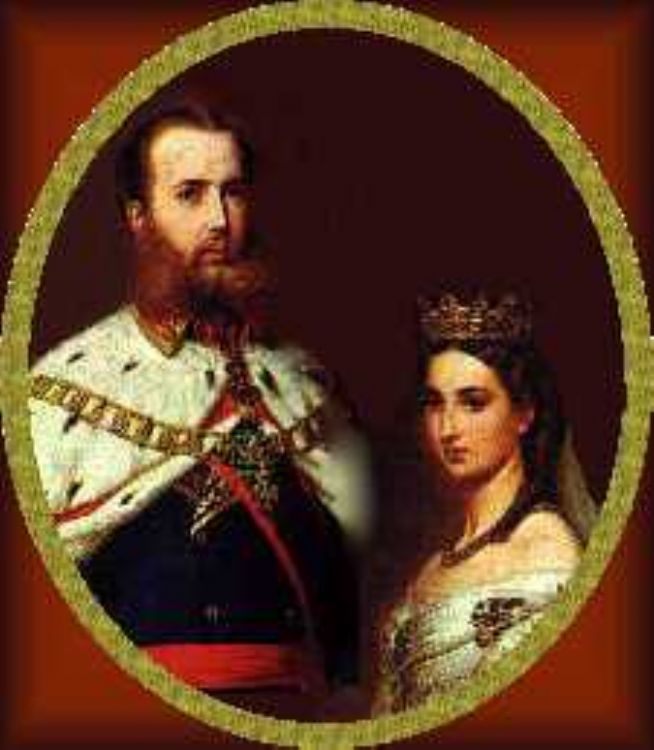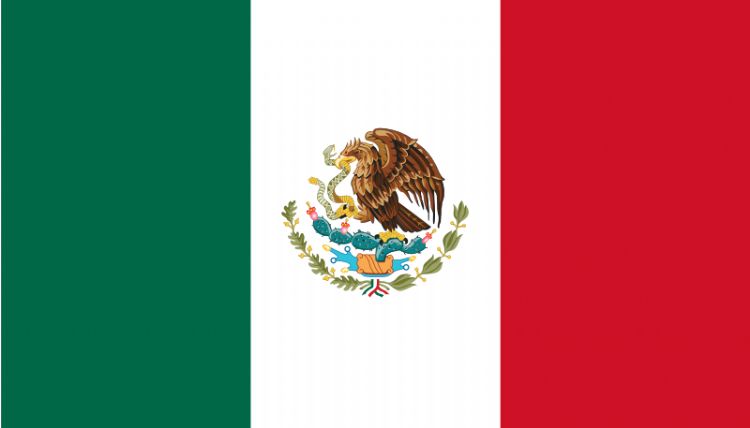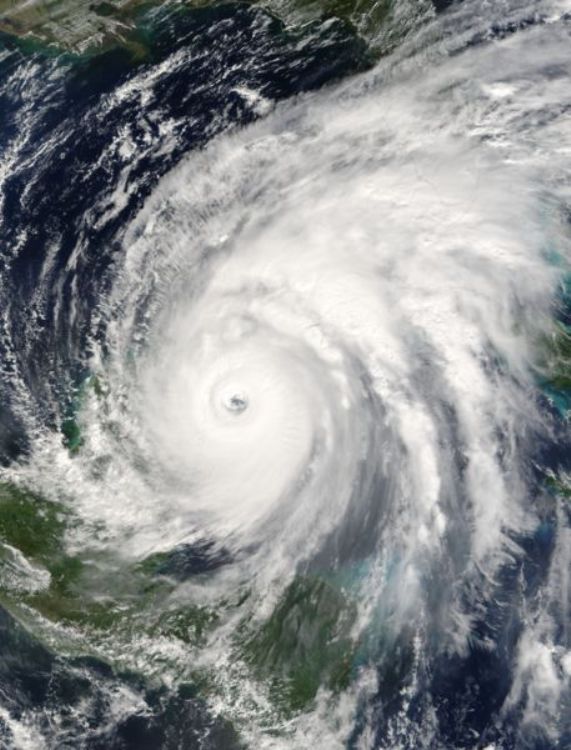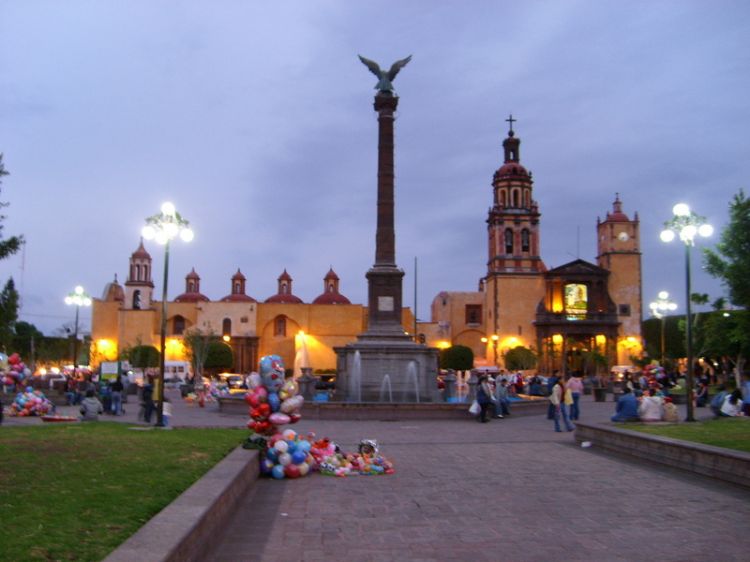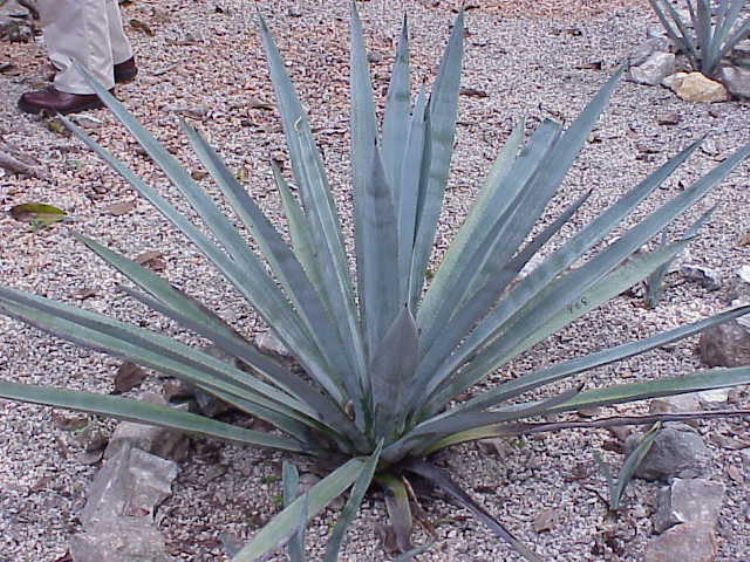Reforma Avenue
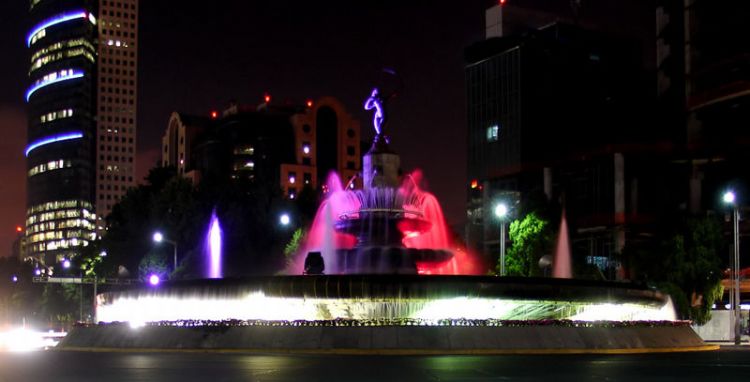
Paseo de la Reforma was not constructed to be an avenue; this corresponds to its design and the urbanization of the countryâs history, as well as its economic and cultural development. During the XIX century, Mexico went through one of its most dramatic periods nationally and internationally. The fight for Independence had left a vulnerable country with a public administration that couldnât yet consolidate due to the struggle for political power between liberals and conservatives. Those who dreamed of keeping a country under the protection and direction of a European empire and those who were eager to build a nation of their own, independent, and it took a long time for it to be recognized.
During a time the French intervention and the founding of Maximilianoâs Empire prompted an important transformation of the Avenue, which was not yet conceived as Paseo de la Reforma, there were many roundabouts and statues from different historical moments placed for commemorating important figures and moments of the countryâs development.
Paseo was a dirt road and for Maximiliano to reach his home, which was the Chapultepec Castle, it was sometimes necessary to go around some extensions of agricultural activity, as well as estates and trees. It went from Plaza Mayor up to the Caballito, and from it to the Chapultepec Aqueduct, then having to go around the statue of Carlos IV that had already been placed, going on to Paseo de Bucareli or Paseo Nuevo.
Its conditions were not very agreeable for the emperor, because its transit was complicated by rain and went around the road. Therefore, the project consisted in making the castleâs new access in a completely straight line for him to reach the Castle from the Caballito roundabout.
The project required great architects and artists: Carl Gangolf, Ramón Rodríguez Arangoiti, Felipe Sojo, Miguel Noreña and Luis Bolland. The latter planned a great avenue reminiscent of Champs Elysees in Paris. It was a two way avenue with central dividers of about 9 meters each, decorated with trees and vast green areas.
Between 1864 and 1865 the work was greatly advanced, and the first delivery was named Paseo de la Emperatriz (empress road). The difficulty of the land wasnât an obstacle for technical issues such as ditches and drops. However, the Emperor wouldnât get to see his great project concluded the armed struggle for independence from French intervention made Benito Juarez triumph and brought death to Maximiliano. Therefore, the great road became Paseo de Degollado, and kept the name for some time. It was necessary to wait for income from the treasury to continue the work, and Juarez didnât get to see it concluded either.
The project was continued upon the arrival of Sebastián Lerdo de Tejada (1872) and a great part of the deteriorated zones were reforested, adding embankments and sidewalks. By presidential decree and for the important moment lived in Mexico, the name it adopted was Paseo de la Reforma.
Some years of waiting went by before truly referring to it as an architectural, urban and artistic marvel. With the establishment of a government that achieved the countryâs peace and the recognition of our nation in the international context, Porfirio Diaz achieved economic stability, among many other things, favorable for Paseo de la Reforma.
Simultaneously, an important urban growth embellished the placed because it invested in infrastructure and development of neighborhoods as Tabacalera, Cuauhtémoc, Juárez and Arquitectos, in addition to the design of various roundabouts.
Through time it has had diverse modifications, not only in the necessary renewal of the great road, but also due to urban growth an sometimes political decisions, such as the relocation of statues by great artists who designed them to be exhibited among the roadâs beauty, but were later placed in other areas of the city.
The roundabouts were generally constructed for hosting in their center a statue of persons who were eventually recognized by the government in turn as eminent historical figures. Thus throughout the avenue statues have been placed during different eras.
From the year 2000 to 2004 an important project was carried out by Mexico Cityâs Government, the trees were pruned and other species were sowed for creating more diverse vegetation, such as ferns, sedum, myrtle and rosebushes, covering the surface of gardens with tezontle for maintaining the soilâs proper humidity and conditions. Sidewalks were designed with pink quarry and the urban furniture was restored, also adding pink quarry benches. The lightning was redesigned, placing streetlamps at a much shorter distance for guaranteeing the entire areaâs visibility and safety.
Currently Paseo de la Reforma is, without a doubt, a reflection of the countryâs economy, hosting traditional neighborhoods and buildings that safeguard the economic life of national and foreign companies. The dynamics of recreation, culture and even sports are kept during the weekends, making it a preferred site for neighbors and visitors.
Artículo Producido por el Equipo Editorial Explorando México.
Copyright Explorando México, Todos los Derechos Reservados.
Foto: Wikipedia.org Ver Autor y Licencia

